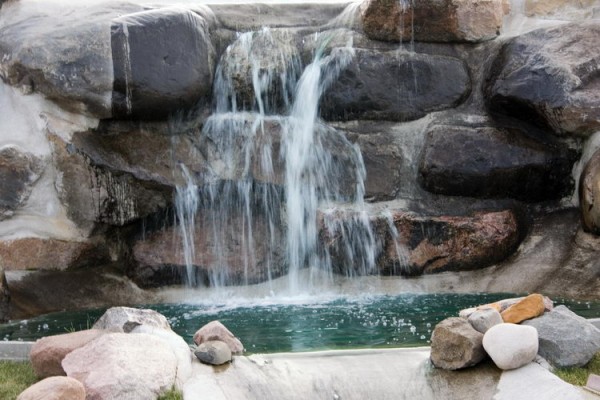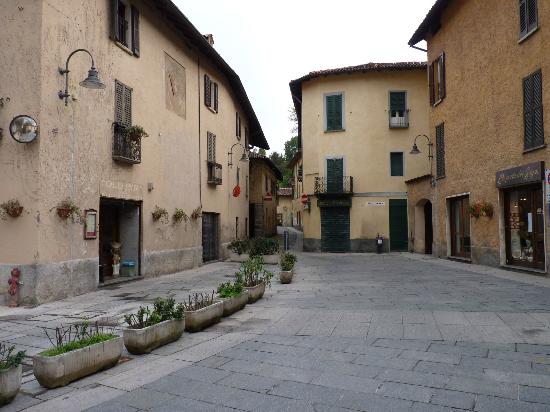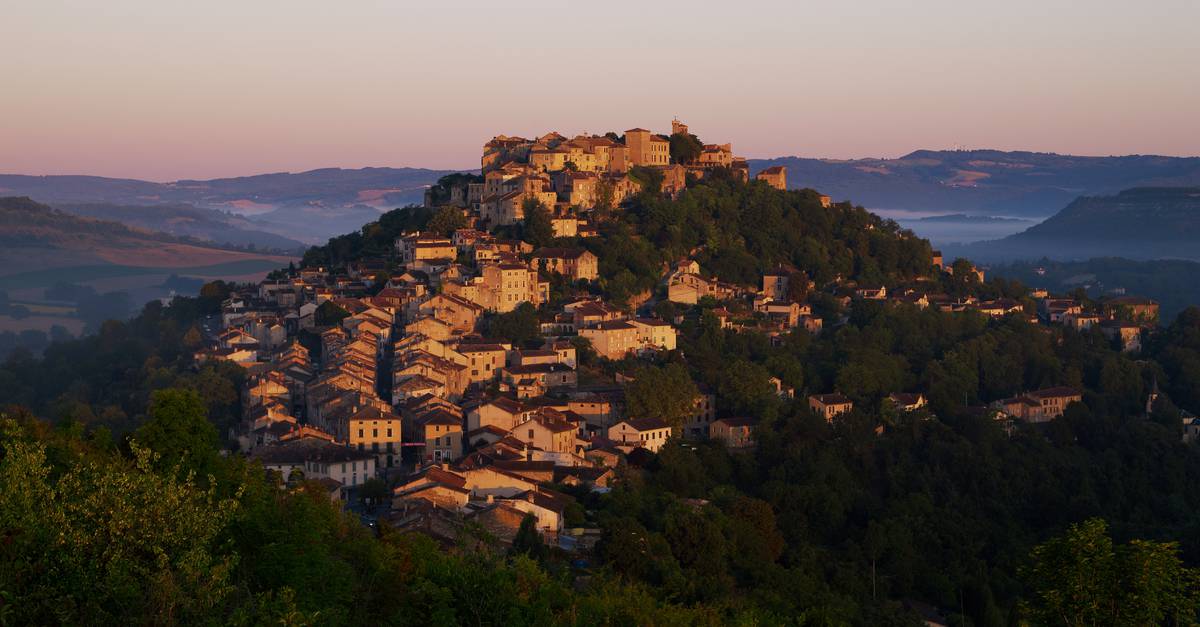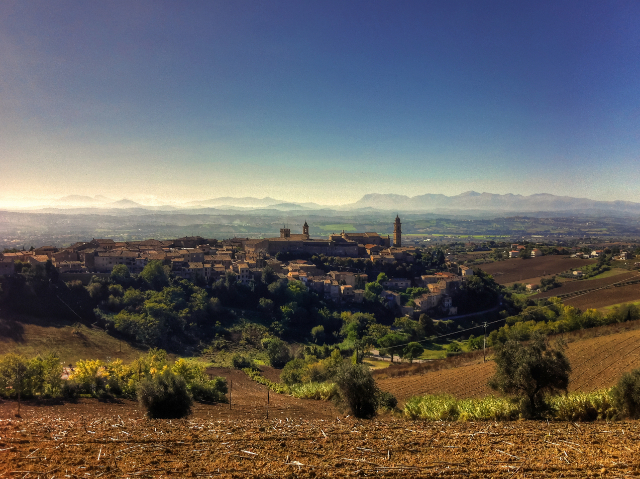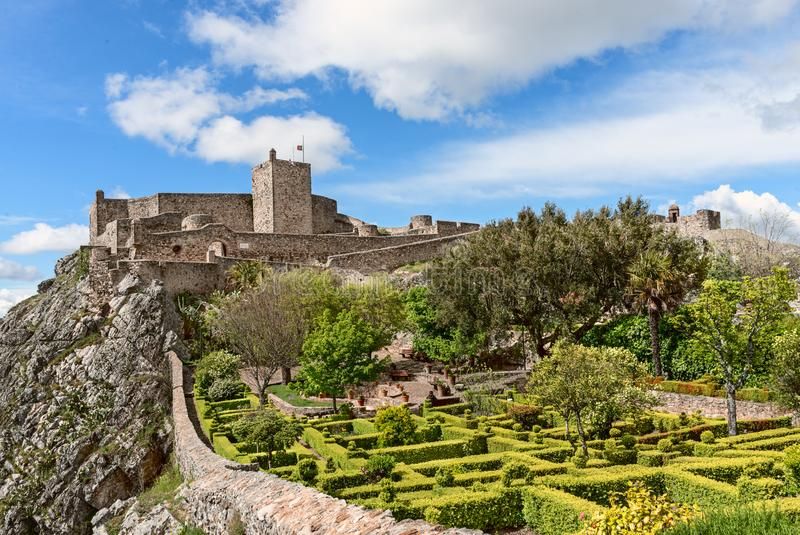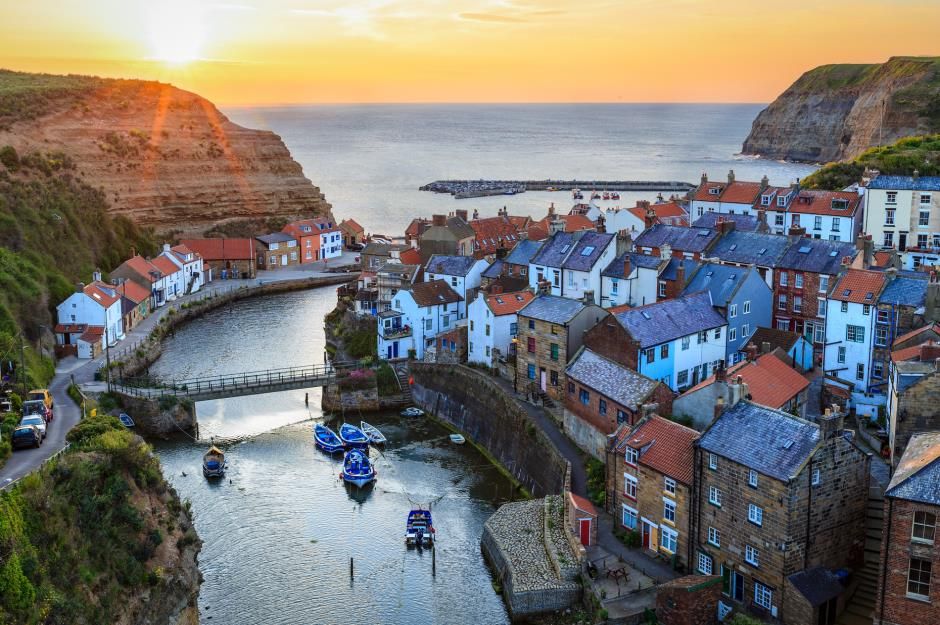The origins of Contursi Terme have been long discussed by various historians.
A rock sculpture found near the Grotta del Rosario would make back the date of origin of the town of Contursi Terme even to the Eneolithic period.
Basing itself on the authority of Plinio the old, others believe that Contursi could be identified with Ursentum, that is the seat of the Ursentini, who, together with other peoples constituted the nation of the Lucani.
The Filomarino instead, basing himself on the historians Strafforello and Rivelli, and in particular to the etymological searches of this last one, makes to go up again the origins of Contursi to the end of the IV century d.C., to work of the inhabitants of Saginara, town disappeared, once in the homonym localities of Campagna and Contursi, set on the relief of forehead to the confluence of the Tanagro with the Sele and destroyed by the Goths of Alarico between the 395 and the 400 d.C.
The political instability of that period with continuous raids of invading peoples convinced the surviving inhabitants to look for a safer place. According to some, they founded both Campagna and the village of Contursi Terme. The count Orso, (according to the most credited hypothesis it was him to give the name to the village), founded Contursi in the year 840 given the excellent strategic position at the entrance of the high Valle del Sele to better defend the area from the incursions of both the Normans and the Saracens settled in Calabria.
The urban agglomeration was destroyed twice, the first time by the men of Luigi d’Angiò Durazzo and the second time by Ludovico d’Ungheria. Many feudatory families had Contursi among their possessions and among these the Sanseverino were the most famous up to the Marquis of Caggiano.
The historical center of the town of the baths still retains one of its ancient entrances. At the top of a staircase from which it takes its name, the door called "Scala longa" is one of the most suggestive of the small village. Leaning against an architectural structure in the shape of a tower, it acts as an element of conjunction between the area of the church of Carmine and the lower part of the village. Traces of the ancient residence of the lords of the place are visible in the facade of Palazzo Mirra. With its important portal that opens on walls still strong.
The thermal waters represent a natural richness for Contursi Terme.
Coming from the slopes of the prehistoric volcano Mount Pruno they represent a panacea for many ailments. The whole territory of the municipality is scattered with springs, many of which have strong curative qualities.
Among these sources the most famous are: the sulphurous water present in
Contursi baths that flows at 42 degrees and is considered the richest water in Europe in carbonic acid, the source cantani, water Radium and that of Volpacchio.
Monuments and natural beauties of Contursi Terme :
Church of Carmine: dates back to 1500 and in the dome is depicted a universal judgment.
Church of S. Maria degli Angeli: the mother church of Contursi Terme built together with the first inhabited nucleus, damaged during the earthquake of 1980 has been reopened to the cult after the work of restoration.
Church of the SS. Bambino: anciently called "S. Giovanni alla Porta", because it overlooked the arch of one of the ancient doors of the village.
Church Madonna delle Grazie: built in the Renaissance period, it is situated in the high part of the village. Its façade is baroque and has inside an altar dedicated to S. Filomena (the martyr who saved the population from the plague of 1656) and a statue of the Madonna considered miraculous.
Castle built in 839 against the raids of the Normans by Count Orso.
Grotta del Rosario: a rock sculpture depicting a human face is placed to guard its entrance. In the Eneolithic era, some human groups probably wanted to ensure the protection of a tutelary deity or a guiding spirit. Both the sculpture and the numerous findings of tools obtained from the splintering of flint have led experts to hypothesize that the area of Contursi Terme had been inhabited by human beings already in very remote times.
Pinewood and Maurizio Caves.
